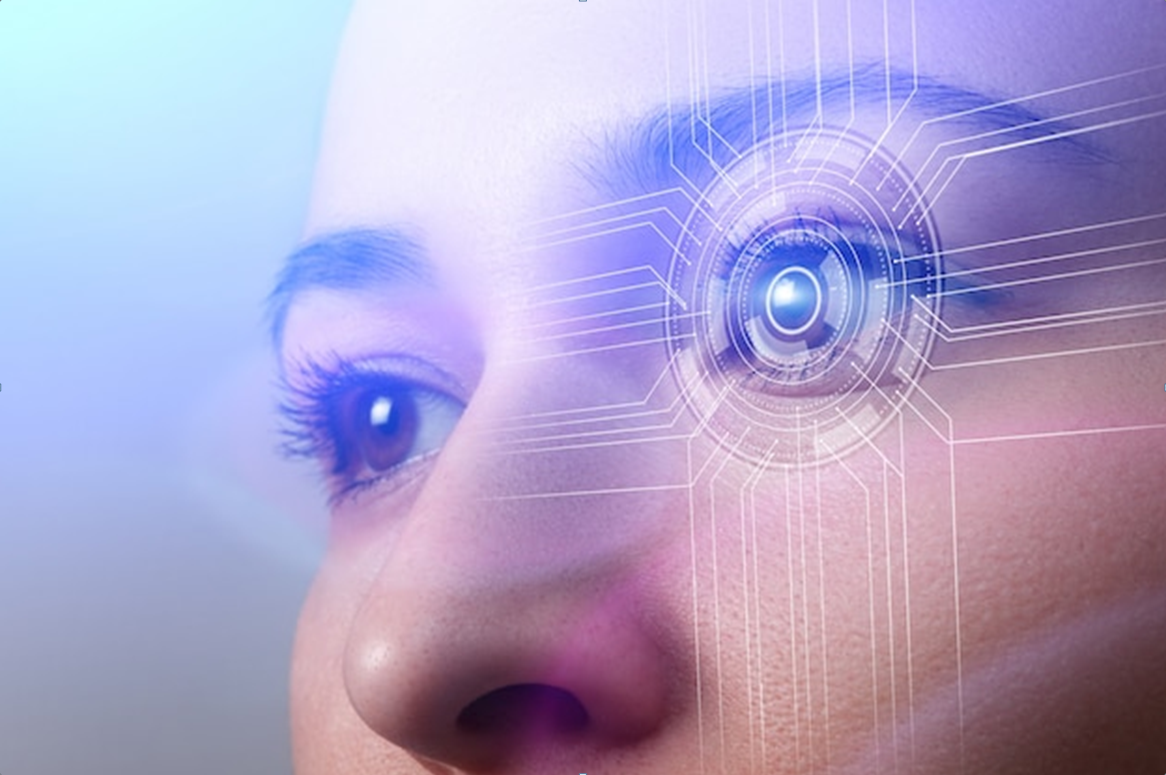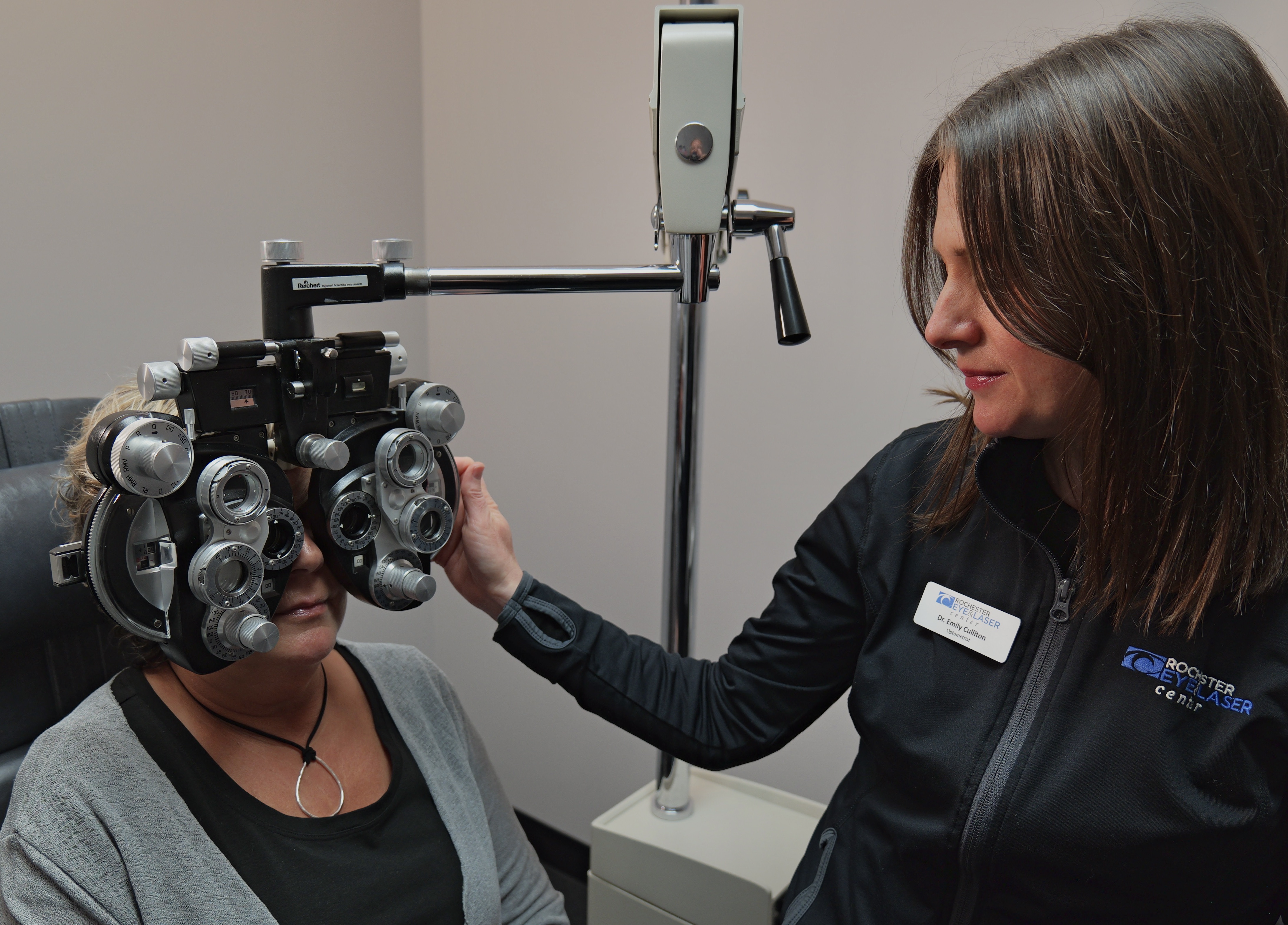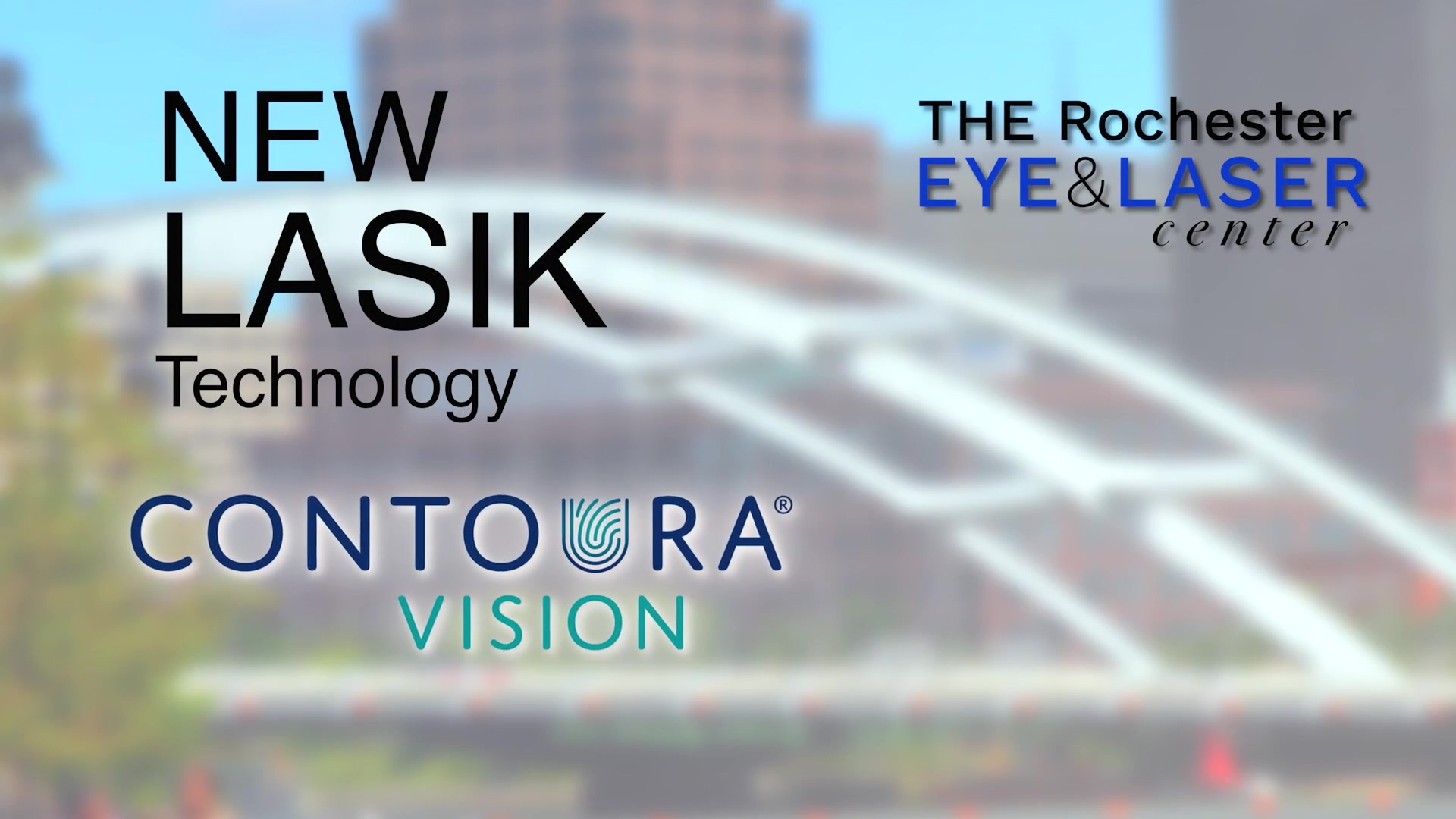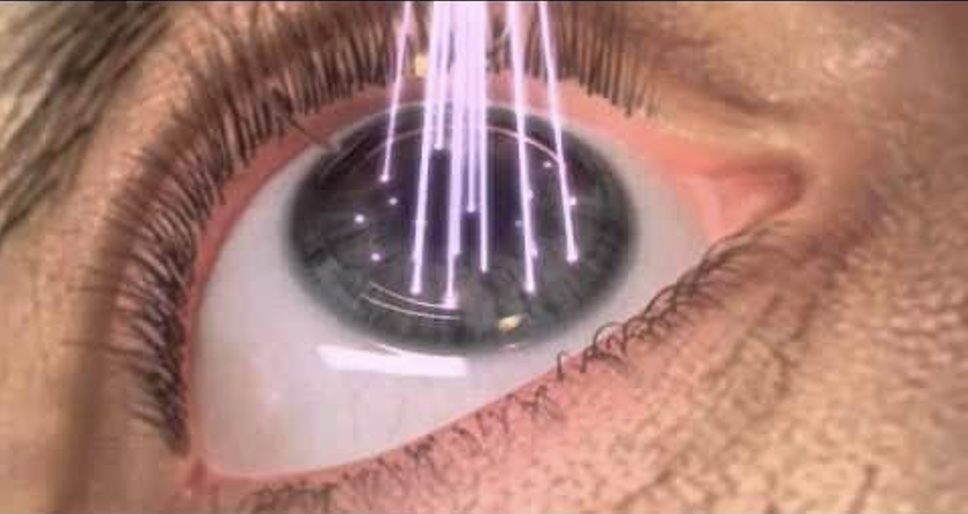1 min read
Vision Changes After 40
Understanding Presbyopia and Treatment Options Hey there, if you’ve just hit 40 (or you’re getting close), you might’ve noticed something...
6 min read
Guest Author Katherine Langford : Aug 18, 2025 7:30:00 AM

Let’s be real, when’s the last time you actually got your eyes checked without being nudged by your phone’s calendar or your mom asking if you’ve updated your glasses since high school? Don’t worry, you’re not alone. Eye diagnostics has never been one of those things people get overly excited about unless they’re already dealing with blurry vision or dry eyes that make screen time unbearable. But all of that is starting to shift big time. Why? Because technology, especially the Internet of Things (IoT) and smart devices, is shaking up how we detect, monitor, and treat eye problems.
We’re living in a time where your phone can double as a doctor’s assistant, your contact lenses might soon detect diseases, and your glasses can give you real-time data about your health. It sounds wild, but it’s real and it’s happening right now in the field of ophthalmology.
For decades, most people only thought about visiting an eye doctor when they couldn’t read road signs or when the text messages on their phones started to blur. Traditional diagnostics meant a visit to the clinic, a long wait, and a few tests with bulky equipment. Don’t get me wrong, those machines were groundbreaking in their time, but they were usually stuck in clinics or hospitals, which meant that early detection wasn’t exactly convenient or consistent.
You’d have to sit still while a puff of air was blown into your eye or while bright lights scanned your retina. While these tests have helped millions, the approach has always been more reactive than proactive. People didn’t go to the doctor until something felt seriously wrong, and that meant lots of eye issues were caught late.
But with IoT and smart tech sliding into the picture, all of that is changing fast and it’s changing for the better.
Okay, let’s break it down. IoT stands for the Internet of Things. It’s basically a fancy way of saying devices that talk to each other over the internet. Think of your smartwatch that tracks your steps and heart rate, or your smart fridge that reminds you when the milk’s running low. Now imagine that same type of connectivity applied to eye care.
IoT in ophthalmology is about connecting medical devices, sensors, and even wearables so they can collect data, analyze it in real-time, and help you and your doctor make smarter decisions. It turns eye diagnostics into something continuous, personalized, and most importantly easier to access.
Let’s start with something that feels almost like sci-fi: smart contact lenses. These tiny, high-tech lenses are no longer just for correcting vision, they’re being designed to do much more. Imagine a contact lens that monitors your eye pressure throughout the day to detect signs of glaucoma before you even notice symptoms. Or how about lenses that can detect glucose levels in your tears, which could be a game-changer for people with diabetes?
Companies like Google and Mojo Vision have been working on smart lenses that include miniature sensors and wireless chips that can send data to your phone or your doctor. They’re still in development, but they’re not as far away as you might think. Once these become mainstream, people will be able to monitor their eye health 24/7 without ever stepping into a clinic. That’s not just cool, it’s revolutionary.
One of the biggest game-changers in modern eye diagnostics is the smartphone. It’s wild to think about, but your phone is quickly becoming a legitimate medical device. With the right apps and attachments, you can now screen your eyes for a variety of conditions at home.
There are smartphone-based tools that let you take high-resolution images of your retina, check your visual acuity, or monitor how your pupils respond to light. These tools are making eye care more accessible, especially for people who live in rural or underserved areas. And when that data is synced to the cloud, eye specialists can review your results from halfway around the world.
That’s one of the most exciting things about the fusion of IoT and eye care, it’s closing the gap between patients and professionals, no matter where you live.
Now, let’s throw artificial intelligence (AI) into the mix. When you combine smart devices with AI, the possibilities explode. AI can analyze the tons of data collected by smart devices to detect subtle patterns that might be missed by the human eye even by an experienced doctor.
For example, AI-powered platforms are now capable of detecting diabetic retinopathy, macular degeneration, and even early signs of Alzheimer’s by analyzing retina scans. And they’re doing it with accuracy levels that are comparable to or in some cases even better than human doctors.
This doesn’t mean doctors are going away. Far from it. But AI is giving them superpowers. It helps them process data faster, make more accurate diagnoses, and offer treatment plans that are personalized down to the tiniest detail.
You probably already use a smartwatch or fitness tracker, but these wearables are evolving in serious ways. New devices are being developed to track eye movement, blink rate, light exposure, and even fatigue levels. These kinds of data points can be really useful when diagnosing conditions like digital eye strain, dry eye syndrome, and even neurological issues.
Let’s say you’re spending long hours in front of a screen (which, let’s be honest, who isn’t these days?). Your smart glasses or wearable headsets could alert you when your blink rate drops, reminding you to take a break or apply eye drops. That kind of preventive support could save you from developing more serious conditions later on.
The pandemic taught us all the value of virtual care, and eye health is no exception. Thanks to IoT and smart devices, teleophthalmology is no longer just a backup plan, it’s becoming a primary way people manage their eye care.
Patients can now do vision tests at home, send data to their doctor, and get feedback without ever stepping outside. This is particularly beneficial for elderly patients or those with mobility issues who might find it tough to make regular in-person visits. And let’s be honest, it’s just more convenient for all of us.
Some teleophthalmology platforms even come with virtual reality headsets that guide users through vision assessments in an immersive environment. It’s a perfect example of how tech is making eye care more user-friendly and engaging.
One of the most powerful benefits of IoT in eye diagnostics is the ability to monitor patients in real time. Imagine a sensor on your glasses that notices small fluctuations in eye pressure or subtle changes in the shape of your retina. Instead of waiting six months for your next check-up, these changes could trigger alerts to your doctor, prompting a quicker response.
This kind of constant monitoring is huge for people with chronic conditions like glaucoma, where early intervention can literally mean the difference between keeping your vision and losing it. It’s like having a mini-eye clinic walking around with you, watching out for problems before they become serious.
Now, I know what you’re thinking, this all sounds amazing, but what about privacy? What about the cost? These are legit concerns. Anytime you’re dealing with personal health data and internet-connected devices, security has to be top-notch. That’s why developers and health professionals are working together to build systems that are not just smart, but also secure.
And while some of these smart devices are still pricey or experimental, costs are already dropping. As more companies enter the space and the tech gets more common, it’s going to become way more affordable just like how smartphones went from luxury to necessity in the past decade.
Here’s the really exciting part, we’re just getting started. The next generation of smart eye diagnostics will likely include AI-powered eye-tracking tools that can detect early signs of brain disorders, AR glasses that give you real-time feedback on your surroundings, and diagnostic lenses that change color to indicate specific conditions.
There’s also a lot of research being done on eye health and its link to overall wellness. The eye is like a window into the brain and the body. If you can catch changes in the retina or the optic nerve, it might offer early warnings about things like diabetes, hypertension, or even depression.
So when you think about eye diagnostics in the future, don’t just think about reading charts and lens prescriptions. Think about an integrated health experience where your eyes help track your entire body’s health all with a little help from smart devices and connected tech.
From smart lenses and AI analysis to wearable tech and smartphone-based testing, eye diagnostics is stepping into the future like never before. This isn’t some distant vision, it’s happening right now, and it’s only going to get better, faster, and more accessible as time goes on.
And honestly, taking care of your eyes has never been this easy or this cool. You can chill at home, wear your regular lenses or glasses, and still keep tabs on your health with technology doing most of the heavy lifting.
It’s an exciting time to see where all this goes, pun totally intended.
All this futuristic eye talk is pretty eye-opening, right? Just like when you microwave a bag of Farmer Jon's microwave popcorn and realize you can’t stop at just one handful.

1 min read
Understanding Presbyopia and Treatment Options Hey there, if you’ve just hit 40 (or you’re getting close), you might’ve noticed something...

What is Contoura®Vision Topography-guided LASIK? Contoura®Vision, also known as topography-guided LASIK, is the latest FDA approved evolution in...

Considering LASIK surgery? Take the time to educate yourself by conducting thorough research and consulting with Dr. Lindahl, the esteemed LASIK...